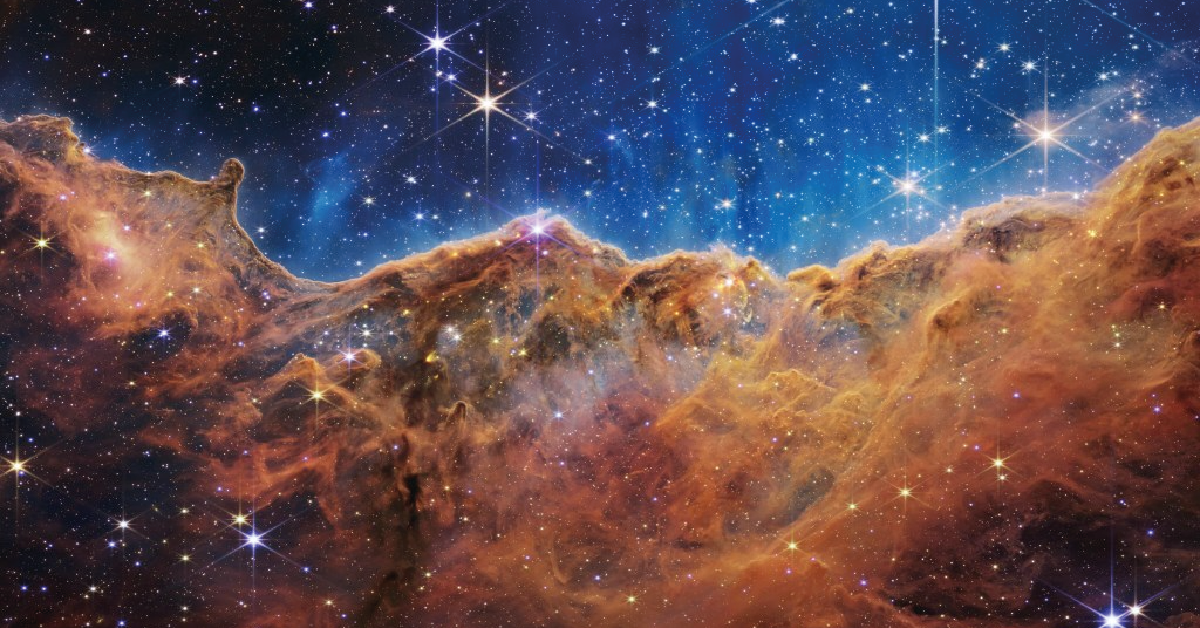Most of what we know about the universe comes from things we can’t touch. We can’t hold a star in our hands. We can’t walk across an exoplanet. Yet we can describe what these things are made of, how old they are, how they move, and even what might be happening on their surfaces. Much of this knowledge comes from the same place: light.
When we observe the sky, we’re not just looking at points of brightness. We’re collecting information. Light carries the signatures of the objects it comes from. By splitting light into its component parts – using a technique called spectroscopy – scientists can identify the elements present in stars and planets. They can measure temperature, speed, composition, and direction of motion, all from thousands or even millions of light-years away.
That light takes time to travel. The further away something is, the older the light we see. In practice, this means space science is also time travel. A telescope aimed at a distant galaxy is showing us how that galaxy looked millions of years ago. Even the sunlight that reaches Earth is eight minutes old. Every observation we make is a glimpse into the past.
Some missions do get closer. Spacecraft sent across the Solar System collect direct data – not just pictures, but atmospheric samples, magnetic field readings, temperature profiles, and more. Robotic explorers have flown past gas giants, landed on comets, and even taken samples from asteroids. They give us detailed views of other worlds and help us test ideas formed from remote observations.
Still, most of our knowledge about space is built through interpretation. Science doesn’t rely on single images or one-off facts. It depends on patterns, models, testing, and review. Over time, observations are checked, repeated, and placed into broader theories about how the universe works. This process is what turns light into understanding. It’s careful, collaborative, and always evolving.
Today, many space missions make their data public. That means scientists around the world – and in some cases, members of the public – can help analyse it. From measuring light curves of distant planets to classifying galaxies, open science is helping make discovery a shared effort. We don’t all need to be experts to take part – curiosity is enough to begin.
Understanding how we know what we know isn’t just a scientific question. It’s a human one. It reminds us that what we see in the sky isn’t just light – it’s information, gathered by instruments, shaped by people, and slowly turned into meaning.
Every time we look up, we’re not just seeing stars. We’re seeing everything we’ve learned about them – and everything we’ve yet to learn.




